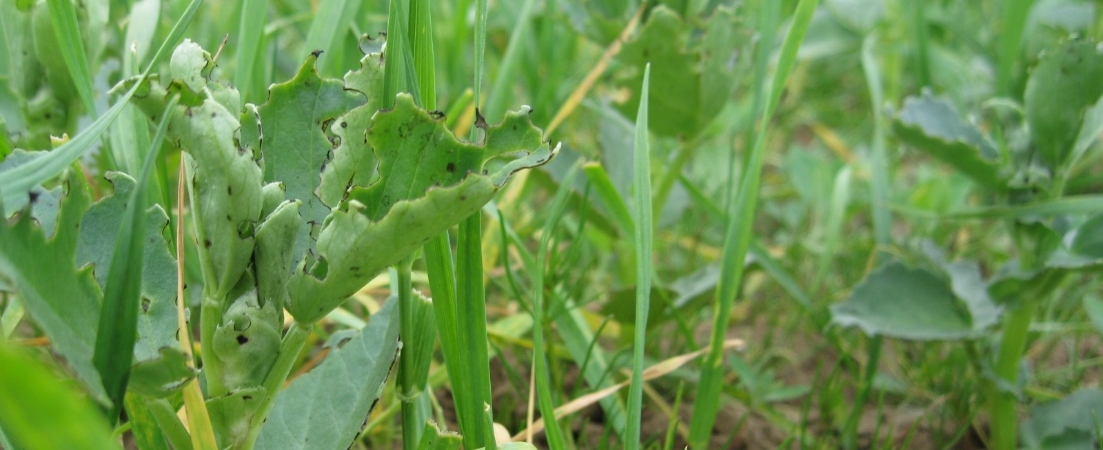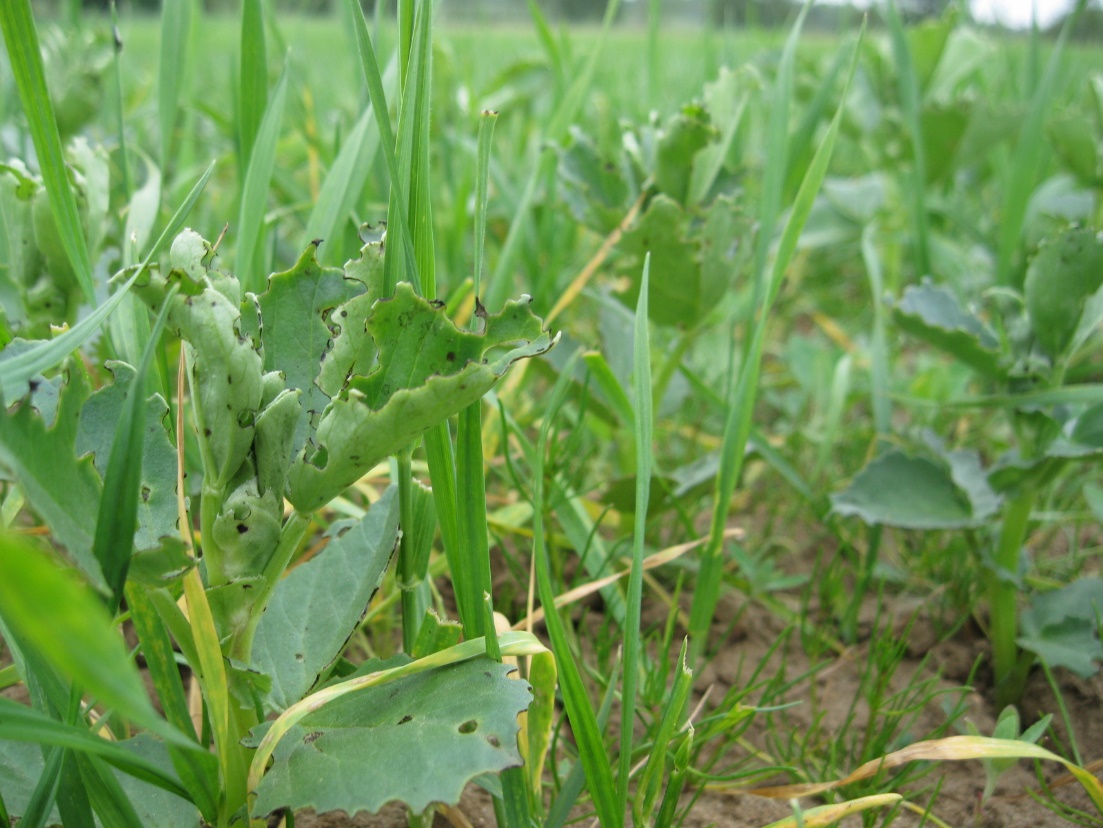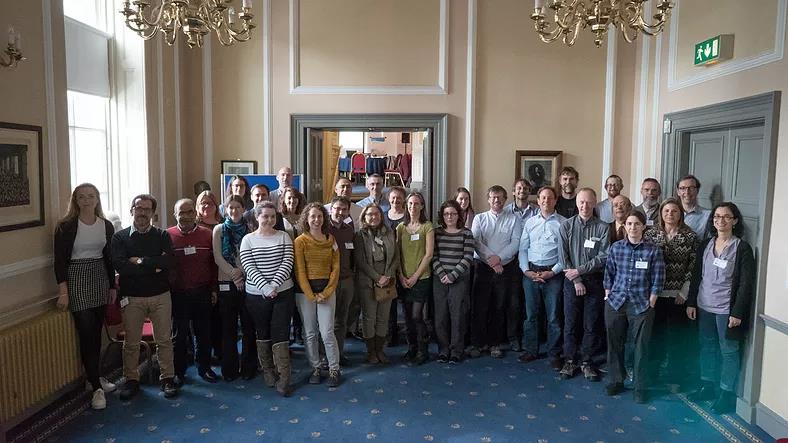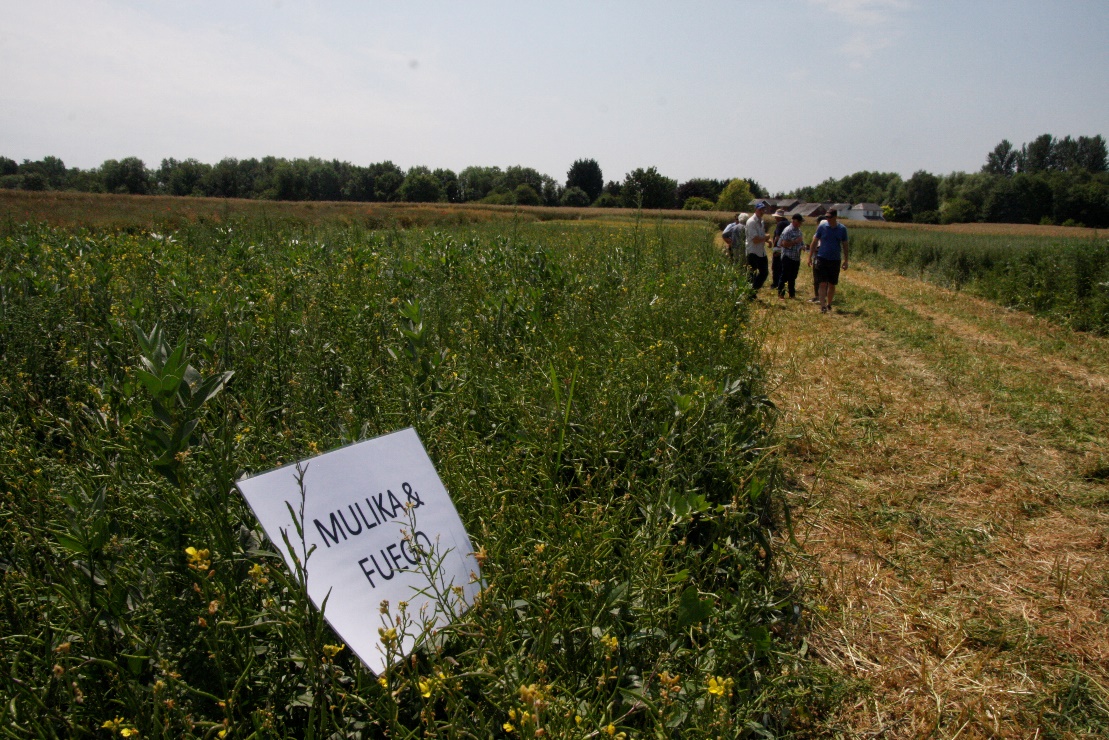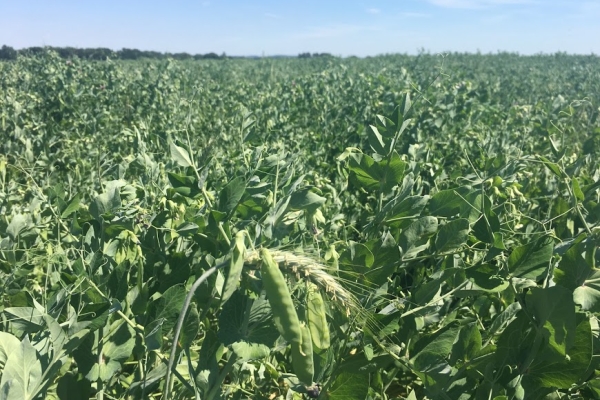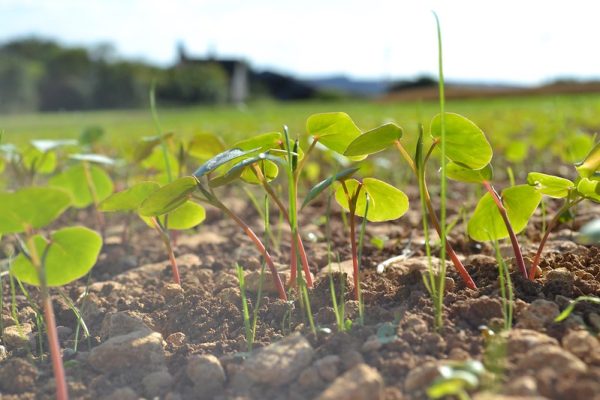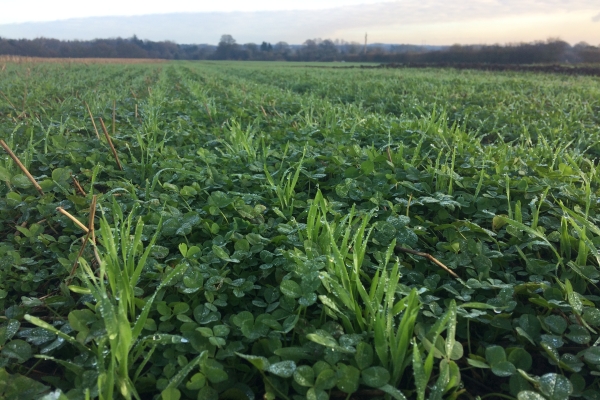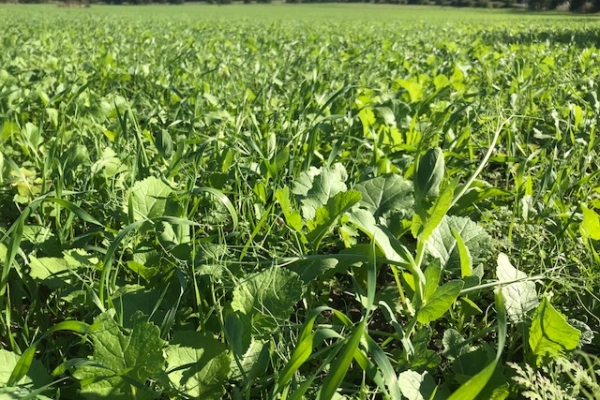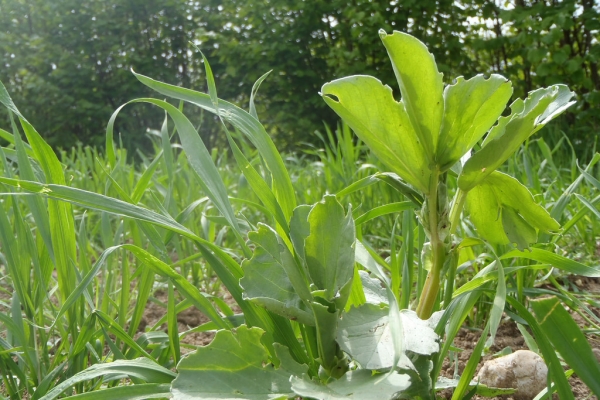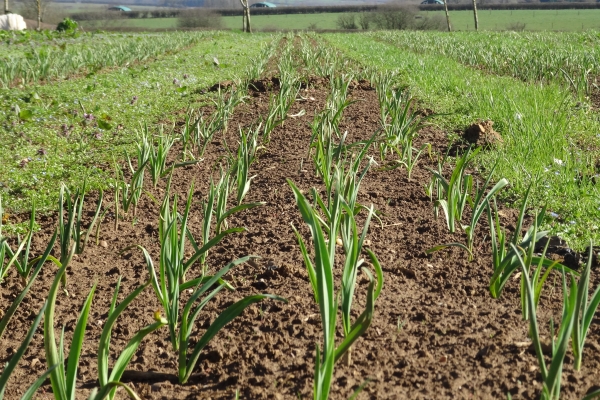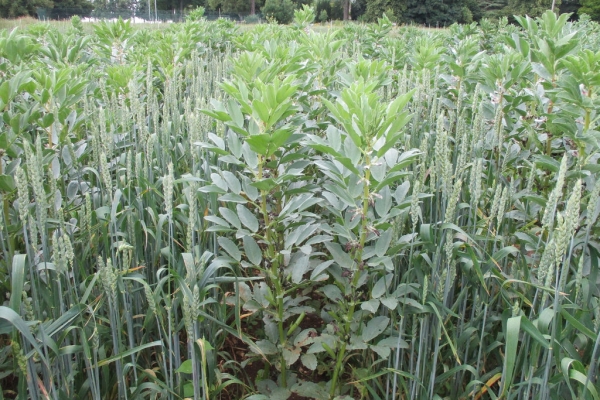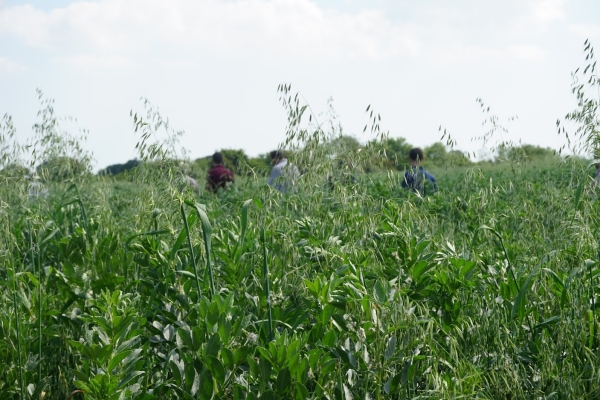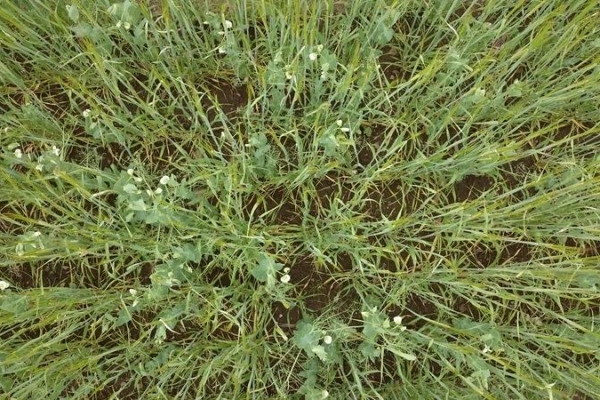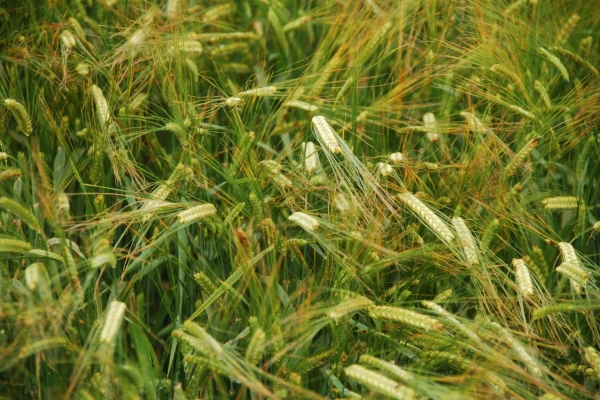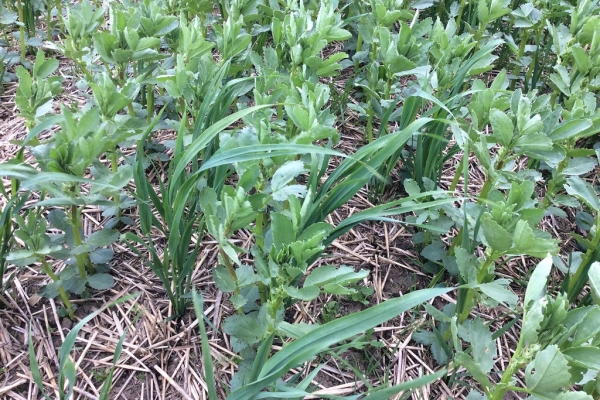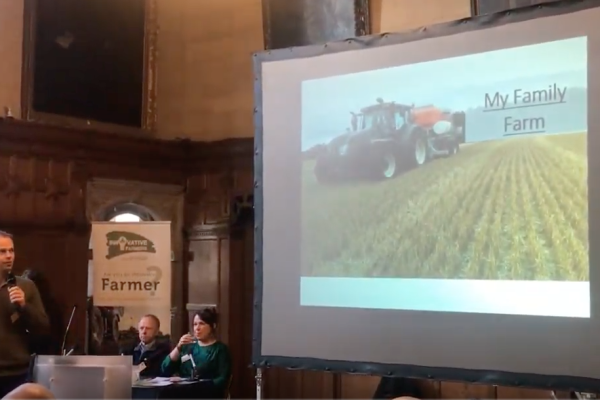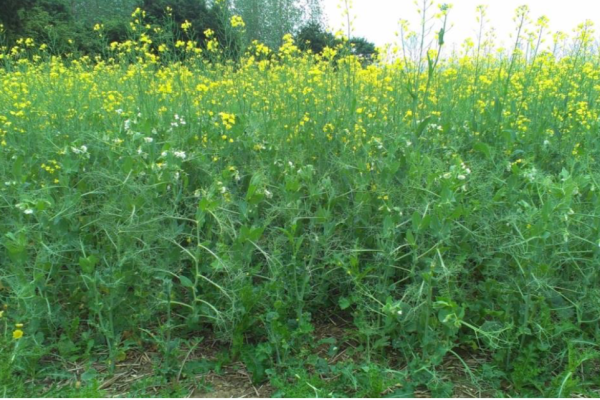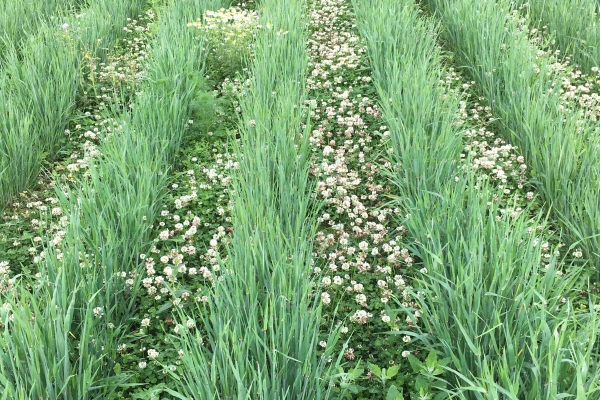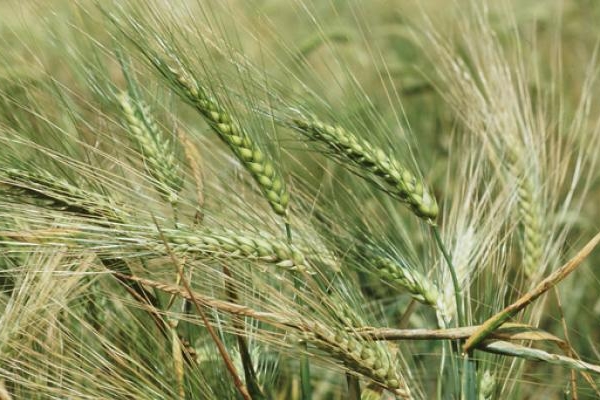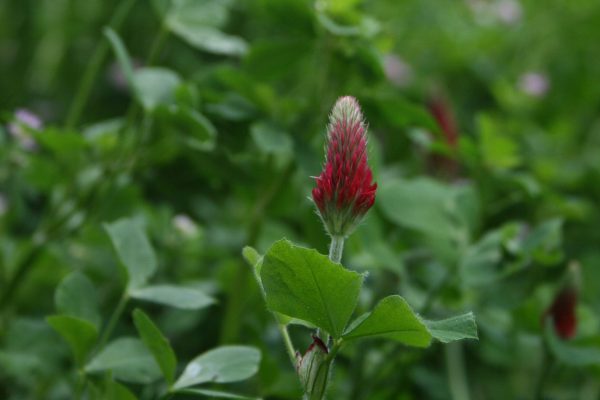Plant Partners: MISSION POSSIBLE!
You wouldn’t be reading this if you didn’t think that agroecology has promise for increasing the resilience and productivity of our arable farming systems. So, I’m not going to try and convince you of that. Instead, I’d like to tell you about a bank heist…
When forming a team for a bank heist, there are a few key players… There’s the person that draws up the blueprints, the person that breaks the code-lock on the vault, the getaway driver, and of course there’s always someone doing acrobatic stunts through a mesh of lasers. Each of the team members brings something unique to the party, and each one is needed to get into (and out of) that vault.
So, what’s in the vault they’re so desperate to crack? It’s gold. Or, in the case of agroecology, it’s the golden ratio of inputs to yield. Or perhaps it’s the valuable time not spent concerned with disease, pest or weed control, because the “Plant Team” has it covered.
You might know this plant team as an intercrop or a polyculture – multiple crops planted on the same land, with beneficial consequences. Evidence already exists of these benefits, with intercrops showing high yield stability; increased total yield; good pest, disease, and weed management; and benefits to erosion control and soil fertility. The Organic Research Centre (ORC) has been trialling spring wheat and fava bean intercrops aspart of the DIVERSIFOOD project, to optimise protein yields and to manage the spread of bean disease (read about it here in an article written by Crops Researcher Dominic Amos and published in the ORC Bulletin).
Wheat-bean intercrop: It is hoped that increasing the diversity of the system in which fava beans are planted will reduce the spread of chocolate spot and bean weevils (mild damage pictured above). Photo credit: Tegan Gilmore, ORC
However, wheat-bean intercrops are just one pairing, and we know there’s so much more to try in European agriculture. Take examples from around the world, of very successful polycultures from tropical systems, and you’ll quickly recognise that Europe is playing catch-up in the plant-partnering game. This is where the DIVERSify project, Innovative Farmers, and perhaps you, dear Agricology reader, come in.
The DIVERSify team at the kick-off meeting in Scotland. Taken from here.
DIVERSify is a four-year project to break into the proverbial vault that holds the promise of disease resilience, good weed competition, and large, high quality yields. DIVERSify partners are currently in the process of assembling promising plant teams, and will soon be putting them through their paces in field trials. What makes this project different to other research programs is that they are engaging with stakeholders from the get-go. This includes meetings with farmers, agronomists, breeders and advisors to include the knowledge and expertise of their stakeholders in the fabric of the research.
Much of the innovation with plant teams is happening in farmers’ fields. One of the pioneer farmers bringing intercropping and companion planting to the UK is Nuffield Scholar Andy Howard at Bockhanger Farms in Kent. His talk on the potential for intercropping and companion cropping in arable systems at the Intercropping Field Day in June and his Nuffield Report are full of insider information to help you crack your own land-management vault wide open. Andy’s knowledge is built from species combinations that he saw on his travels, and has incorporated into his own farm. Promising combinations include peas and barley, and a mixture of peas and oilseed rape dubbed ‘Peola’ (alias for pea-canola. A clever code name is, of course, essential to any covert operation).
Jake Freestone at Overbury Farms near Tewkesbury is also experimenting with growing plant team-ups. In this video Jake shows his crop of oilseed rape with a companion crop of buckwheat and winter vetch. He finds that the vetch provides such good ground cover that he has used no broadleaf herbicides. The team also provides a ‘safe-house’ for beneficial insects, which may be taking down the pest population (such as flea beetles). As a result, Jake does not need to apply insecticide to this crop. The monetary, environmental, and time-saving benefits are the obvious loot of this lowered input system. You can learn more about Jake’s companion crops in this podcast from Farmerama.
So roll out your blueprints and check your Swiss bank account, because this blog post is ending with you… Perhaps you have tried intercropping on your farm, and have some great information to add to the conversation? Perhaps you are curious to learn more? One way to get involved is to join our DIVERSify Intercropping Group as part of Innovative Farmers. Sign up to the Innovative Farmers network, and come join us at this one-day workshop on 23rd November at Rushall Organics to learn more. This group is bringing together farmers to share experiences of different plant teams and identify a research question to investigate in more detail in a Field Lab. Close collaboration with the DIVERSify project will ensure that the exciting research on crop combinations in different farming systems feeds into Field Lab development and successful plant teams make their way into farmers’ fields.
Synchronise watches, because here’s the plan:
- Visit https://www.plant-teams.eu/ for general information on the project.
- Email diversify@organicresearchcentre.com to join the mission and get involved in trialling plant partners.
- Come to the one-day winter cereals event on the 23rd of November at Rushall Organics.
See you there!
Growers gather at National Organic Combinable Crops (NOCC): A group of growers examine the trial plots of intercrops at the NOCC conference. Photo credit: Phil Sumpton, ORC
Tegan Gilmore is Crops Technician within the Organic Research Centre.
Header image: Wheat-bean intercrop: A design of polyculture planting, where two crops are planted in alternate rows. Here, fava bean (‘Fuego’) grows between ORC-Wakelyns Population spring wheat. Photo credit: Tegan Gilmore, ORC
